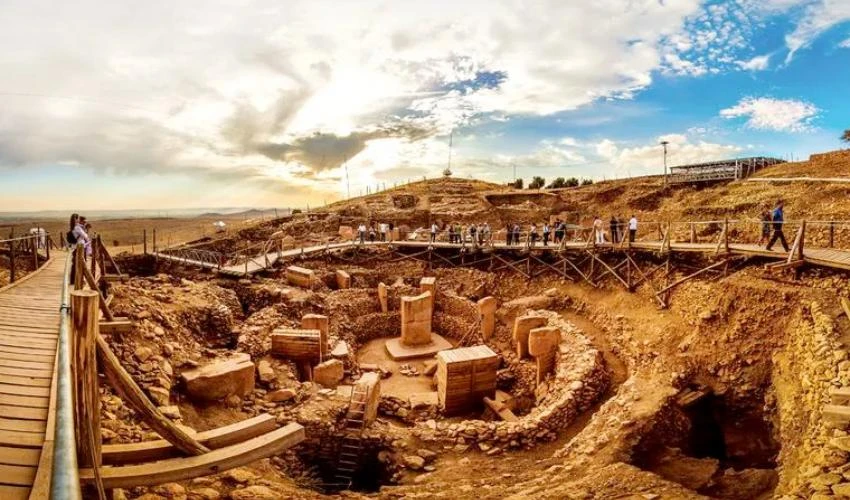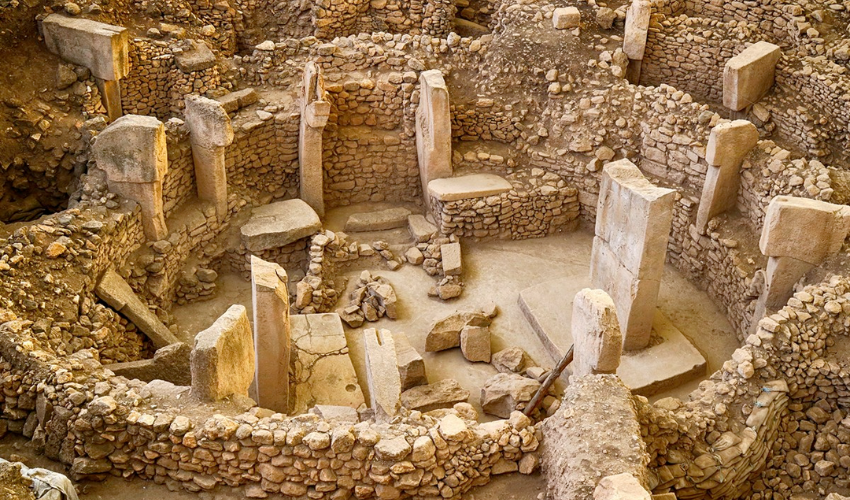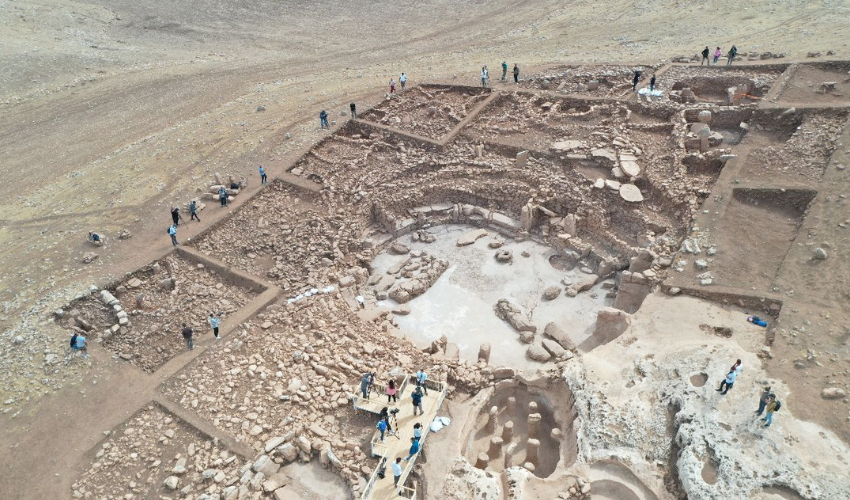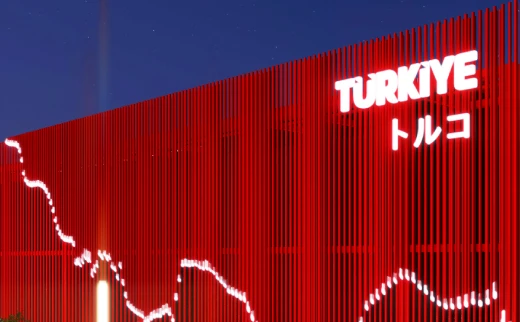Intensive excavations uncover hidden mounds in ancient Gobeklitepe

The Gobeklitepe region, a global archaeological hotspot, has revealed the existence of eight additional archaeological mounds.
These discoveries will increase the total number of mounds in the “Stone Hills” area to 20, though the names of these new sites remain undisclosed.
Gobeklitepe: Zero point in time

Gobeklitepe, often referred to as the “zero point in time,” is one of the most significant archaeological discoveries in recent history. Located near Sanliurfa in southeastern Türkiye, this site dates back approximately 12,000 years, predating Stonehenge by around 6,000 years and the Great Pyramids by 7,000 years.
Gobeklitepe has changed the understanding of the Neolithic period and the development of human civilization. The site contains massive T-shaped pillars arranged in circular formations, adorned with intricate carvings of animals and abstract symbols. These structures suggest that early humans had sophisticated social and spiritual lives far earlier than previously believed.
‘We will announce their names as we progress’

During a press briefing held as part of the Turkiye Culture Route Festival, Culture and Tourism Minister Mehmet Nuri Ersoy shared groundbreaking news about these archaeological findings. The festival, now in Bursa, features 500 activities involving 1,000 artists and will run until June 9.
“These new mounds have not yet been excavated, and we have kept their names confidential,” Ersoy stated. He emphasized the potential of these sites to illuminate obscure periods of human history. “Currently, we are uncovering 12 mounds, but this number will rise to twenty over a 100-kilometer area. We have yet to start digging the additional eight mounds, and we will announce their names as we progress.”
Minister Ersoy explained the significance of the “Stone Hills” for Neolithic research, noting, “Archaeologists’ perspectives on history have shifted. Currently, 32 universities and academic institutions are supporting the research – 10 of these are local, and 22 are international. We anticipate a significant breakthrough in Southeastern Türkiye.”
Intensive excavations

Addressing criticisms about the excavation pace, Ersoy clarified, “We are not excavating quickly but intensively. Previously, excavation sites were worked on for only 45 to 60 days before being abandoned. We have extended the excavation period to 12 months and increased the number of active digging points from one to 10 or 15, as seen in Ephesus. We’ve also increased the budgets of some sites by up to 20 times in foreign currency terms. This has nothing to do with speed but with thoroughness.”
Ersoy also discussed the “Legacy to the Future” project, which aims to accomplish as much archaeological work in the next four years as has been done in the past. “We set ambitious goals and had to make changes, including replacing some excavation heads who were delegating their roles to their descendants.”
The minister concluded by affirming that the Turkiye Culture Route Festivals, organized by the Ministry of Culture and Tourism, will continue unabated despite new budget measures.



